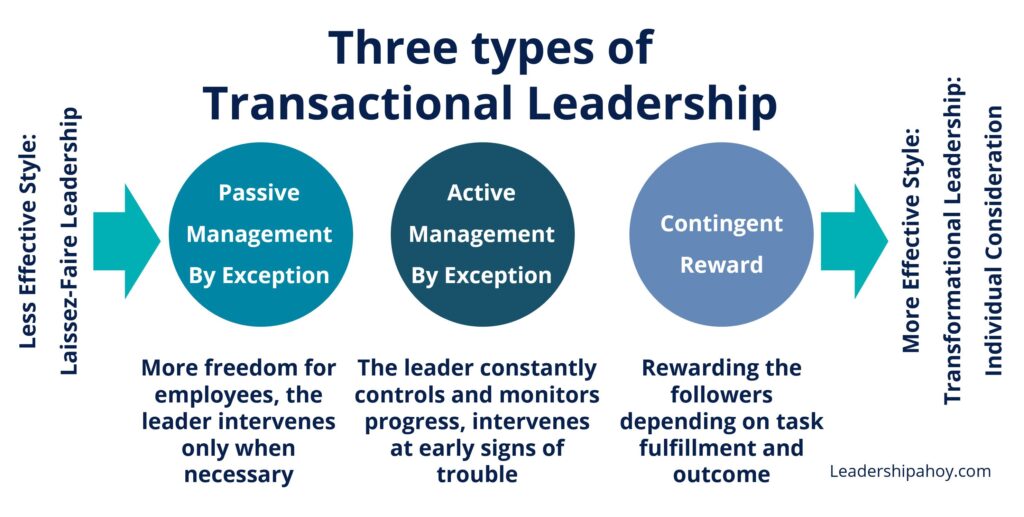
- jaro education
- 13, March 2024
- 10:00 am
Managerial roles require you to try and test various management styles to accommodate various operations and handle people in the best possible way. From enhancing team performance to executing individual tasks, different types of management styles work differently in various setups. A 360-degree understanding of management philosophies helps managers to come up with decisions that suit the situation and the organization righteously.
To engage in any leadership pursuit, one needs to have a sound understanding of the types of leadership styles in management. To address this rising need, this blog discusses the types of management and leadership styles one should thoroughly know about to succeed in any management or leadership role.
Table of Contents
Types of Management Styles You Can Try to Drive Organizational Success
As a manager, you likely have your own way of doing things, whether you’re new to the role or have been leading for a while. This could involve following a particular style or combining aspects from various approaches. Discover nine types of management styles to see which ones suit your leadership endeavor.

*upraise.io
1. Autocratic Management Style
The autocratic management style involves a top-down approach taking center stage. Expectations are set, and if the team doesn’t meet them, there are consequences. Once a process is explained, it’s expected to be followed without question. Monitoring is constant to ensure everything runs smoothly. Team members failing to meet performance targets face consequences, and questioning the manager’s judgment is discouraged.
Example: Bill Gates and Steve Jobs employed this type of management style and were successful in their endeavor.
2. Democratic Management Style
In democratic management, team members actively participate in decision-making. Managers appreciate their team’s opinions and make decisions together. This method cultivates a feeling of ownership and empowerment, contributing to elevated job satisfaction and enhanced creativity among team members. This management style is particularly effective in organizations where collaboration and innovation play crucial roles.
Example: Google is one of the distinguished organizations that is popularly known for its democratic way of management.
3. Coaching Style of Management
In a coaching management style, your team operates like a sports team. The focus is on leading them to success by refining their skills to help them reach their full potential. Long-term growth is a priority, accepting short-term mistakes as part of the learning process. This style encourages team members to problem-solve independently, showcasing effective management.
Example: The current CEO of Microsoft, Satya Nadella, believes in this type of management.
4. Laissez-Faire Management Style
This unique management style emphasizes the role of managers as a strong support system. In the laissez-faire management style, your team members are empowered to make their own project decisions, knowing you’re there as support. Think of it as offering a helping hand, giving your team freedom, and intervening minimally unless they seek guidance. Laissez-faire managers grant their teams autonomy in decision-making.
Example: From history, it is noted that Queen Victoria and the 31st President of The US, Herbert Hoover, advocated a Laissez-Faire management style for the betterment of their countrymen.
5. Transformational Style of Management
Being a transformational manager means focusing on prompting innovation and developing a robust team. Your daily approach involves challenging and gently pushing your team members to facilitate their personal and professional growth. Constant motivation and encouragement characterize your leadership style, urging your team to embark on new projects, even those that may initially seem outside their comfort zones.
Example: Oprah Winfrey and Jeff Bezos are prominent figures who are real-life examples inspiring their teams and followers to reach their goals.
6. Servant Style of Leadership
In the servant style of leadership, the leader prioritizes others before leading. They focus on serving others and helping individuals reach their full potential, promoting teamwork. This approach, rooted in empathy and humility, creates a positive work culture and boosts employee engagement, leading to long-term success and growth.
Example: Mahatma Gandhi, Mother Teresa, and Abraham Lincoln have demonstrated the servant management style. They dedicated their lives to serving their people to the fullest.
7. Transactional Style of Leadership
This leadership ties reward systems with consequences. In such a leadership style, managers put forward clear and concise guidelines and expectations in front of their team members. They are held responsible for each consequence, be it positive or negative. Leaders embracing this approach serve as mentors, offering guidance and support to help team members thrive.
Example: In addition to being an authoritative leader, Bill Gates is also appreciated for following transactional leadership strategies in various circumstances by focusing on setting precise goals and having clear structures for them.

*leadershipahoy.com
8. Collaborative Management Style
Collaborative management involves open discussions where every team member freely shares ideas. Decisions are based on majority votes, giving each member significant influence. This approach boosts employee engagement, creating a motivated team. The open exchange of ideas ensures diverse perspectives, contributing to a dynamic work culture.
Example: The former South African President, Nelson Mandela, opted for a democratic and collaborative leadership style to encourage his teammates.
9. Consultive Management Style
In this style of management, the manager seeks input from every team member before finalizing any decision. This may involve weekly meetings or email exchanges to gather thoughts and opinions. Particularly effective in specialized fields, consultative management values the unique experiences each team member brings.
Example: The founder of Bridgewater Associates, Ray Dalio, is a real-life example of a leader following a consultive style of management.
Conclusion
Exploring various management styles like collaborative, consultative, and visionary reveals their practical effectiveness in real-world situations. These approaches offer adaptable solutions for team dynamics and organizational success. Embracing this diversity enables leaders to navigate change, fostering innovation within their teams.
Want to learn more about various management styles and dig further into different areas of general management? Check out the Accelerated General Management Programme by the prestigious IIM Ahmedabad. Upon finishing this 1-year long course, acquire the new-age management skills required to make managerial decisions strategically. With that, unlock various learning opportunities in different industries and form a strong peer network. Get in touch with Jaro Education to learn further about the course.









